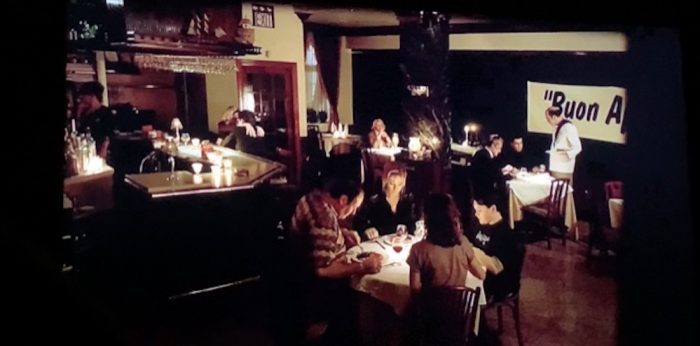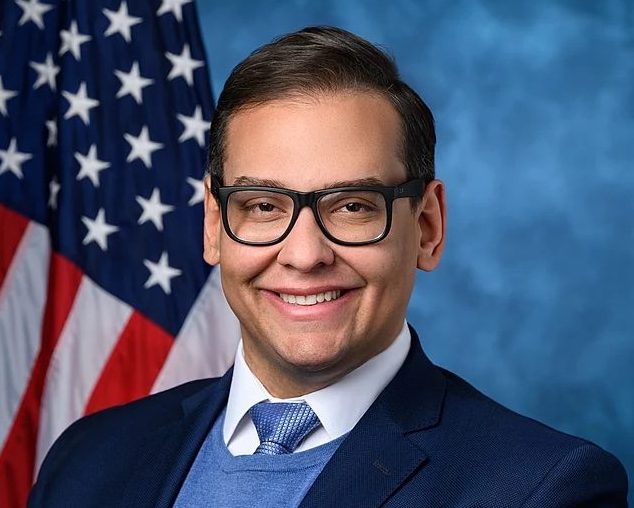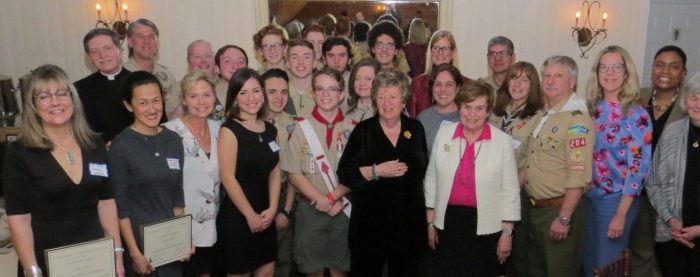By Leah S. Dunaief

Having been exposed to the pleasure of streaming movies on my “smart” television, I now look for good stories and have caught up with “The Sopranos.” I well remember how popular the series was, running from Jan. 10, 1999, to June 10, 2007, winning all kinds of awards and addicting millions with its 86 episodes. Somehow I never caught up with the drama, but now, thanks to HBOMax, I have turned the family room into a nightly theater and watch as Tony Soprano tries to balance his work “family” and his biological family responsibilities, thanks to the help of an Italian-American woman psychiatrist.
At the end of the latest installment, Tony, his wife Carmela and his daughter and son are driving at night when they are deluged by a wild rainstorm. Unable to see the road ahead, and with all of them feeling in peril, Tony parks and ushers his family into an Italian restaurant nearby. There, despite the loss of electricity, the proprietor cooks a marvelous pasta dinner for them, which they finally calm down and eat by candlelight, huddled together at a table in the warm and dry dining room. As he is appreciating the spaghetti on his fork, Tony looks up and says to his children something like, “When you think back on your childhood, it will be scenes like this that you will remember,” while the camera fades out.
That got me thinking. Can I recall such scenes from my childhood, when being with my family in a safe place was so comforting?
One of the first such memories for me was of an intense rainstorm in the Catskill Mountains. I was perhaps 5 or 6 and with my mother and sister in a dilapidated cabin, whose roof leaked ominously. After my mother put pails under the leaks, she realized I was frightened. “Just wait,” she said with a smile, “This storm has brought us pancakes.” With that, she took out a large frying pan from the cupboard, mixed together flour, eggs and milk, poured Hi-Hat peanut oil (the popular brand then) into the pan, and started cooking the mixture, as thunder cracked overhead. Almost immediately, the irresistible smell of the pancakes started to fill the rustic room.
My mother dabbed the extra oil from the dollar-sized pancakes at the stove, put them on a platter on the kitchen table, brought out a bottle of maple syrup, and my sister and I started to eat ravenously. Soon, my mother joined us at the table, and despite the frequent bolts of lightning I could see through the windows behind her head, and the dripping water in the buckets, I felt warm and safe.
The only trouble with that memory: every time there is a heavy rain, I get the urge for pancakes.
I asked my middle son if he had such a memory, and he remembered when we were out in the Sound in our 22-foot Pearson Ensign day sailboat, and the wind and seas suddenly picked up. We had been enjoying a sunny, peaceful sail near New Haven harbor, my husband and three sons and I, sprawled out in the big cockpit, when the unexpected shift in weather occurred.
With the waves towering around us, we pulled down the sail, put the outboard motor at the stern on high speed, and made for the harbor. My husband, at the tiller, gave each of us a task. My sons were to bail out the water that was flooding the cockpit with every crashing wave, and I was to sit on top of the motor to try and keep it in the water every time a wave pushed us up.
Needless to say, it was a harrowing ride until we finally reached shore and tied up at the marina, onlookers clapping. We left the boat and were thrilled to be on the sand. Drenched as we were, we walked the short distance to the harborside restaurant, Chart House and, laughing by then, had one of the best meals of our lives.
By the way, if you, too, missed “The Sopranos” the first time around, I heartily recommend it.














